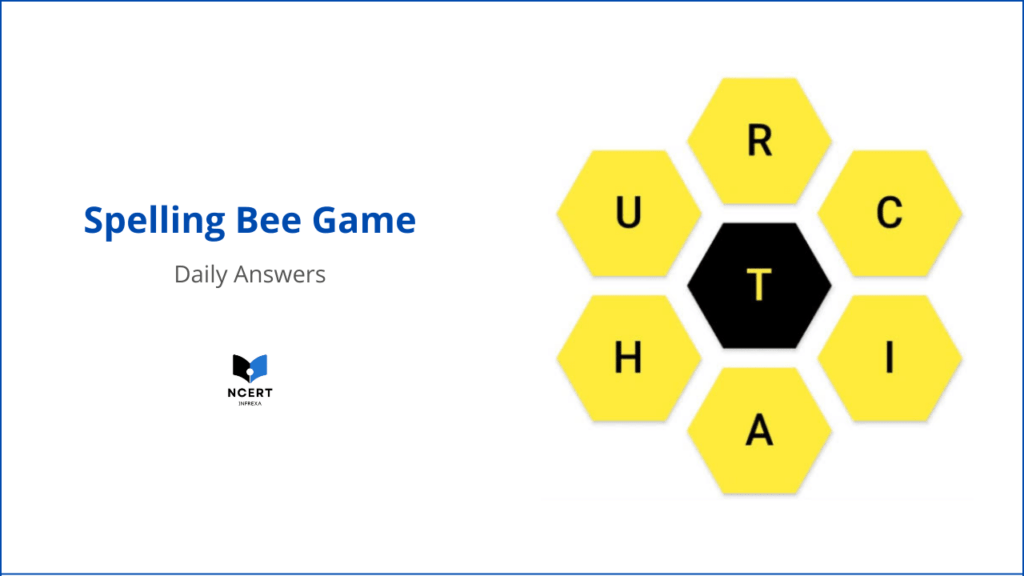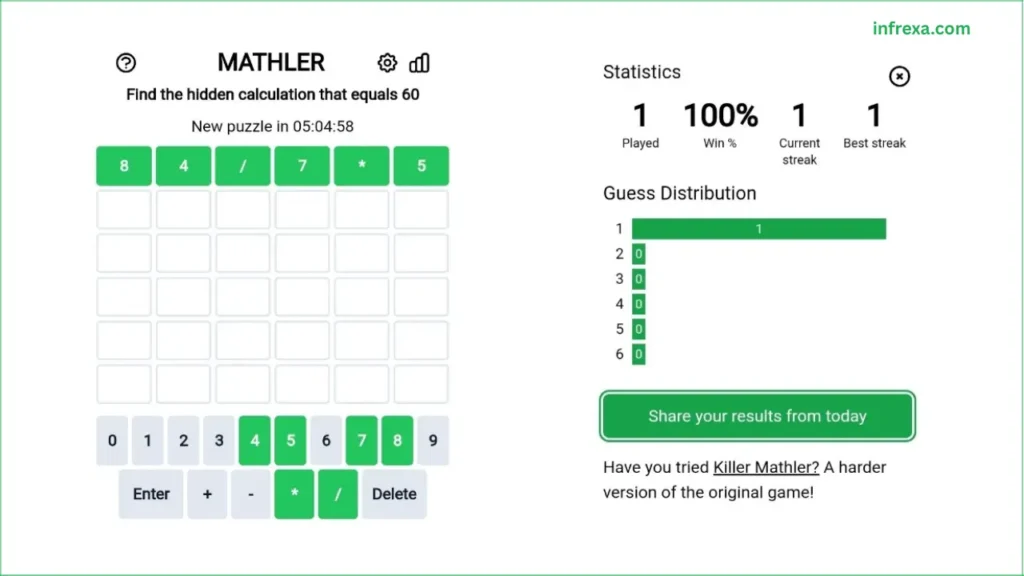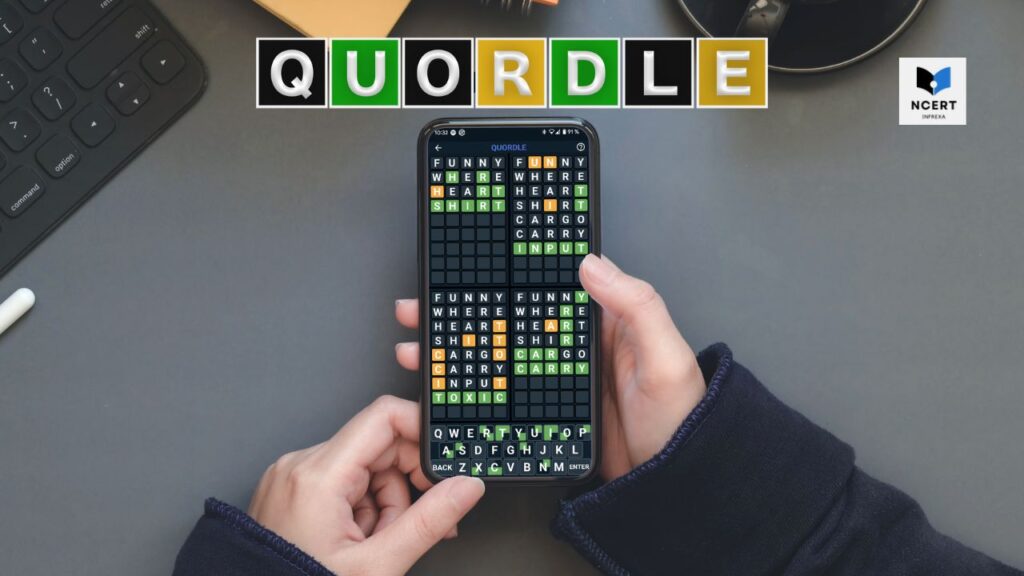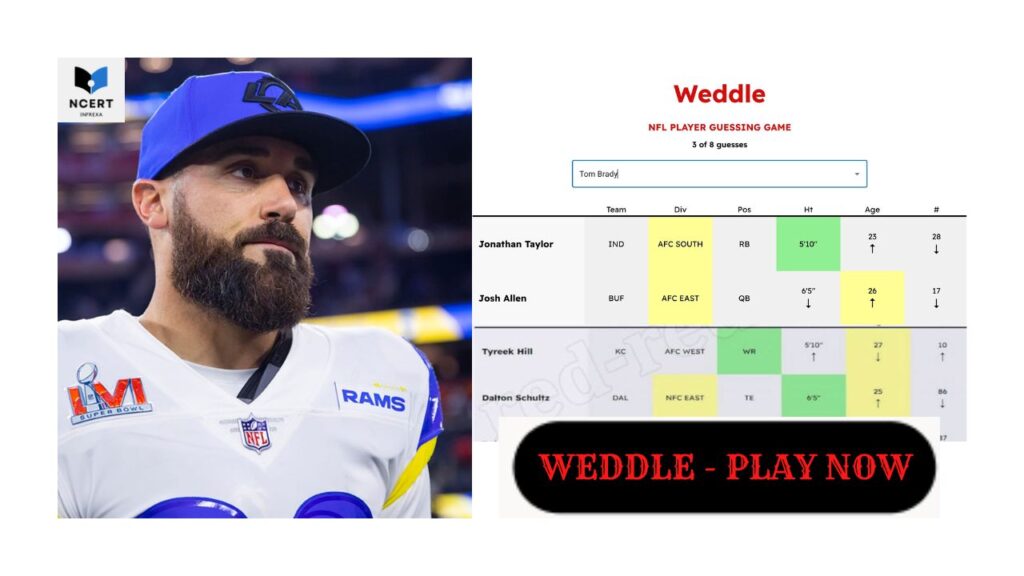As an avid daily player who consistently reaches the Queen Bee rank, I can tell you that the New York Times Spelling Bee is less about luck and more about disciplined, high-leverage strategy. You don’t need a massive vocabulary – you need a systematic approach to the seven available letters.
Here is the essential breakdown of the rules, scoring, and the advanced strategies I use to conquer the hive daily.
Rules and Scoring
Every day at 3 a.m. ET, a new puzzle is released featuring seven unique letters in a honeycomb, with one designated as the center letter (the “Queen Bee” letter).
Rules to Remember
- Mandatory Center Letter: Every word you form must include the center letter. This is the single most important rule.
- Minimum Length: All words must be at least four letters long.
- Valid Letters Only: You can only use the seven given letters, but you may use a letter multiple times.
- Restrictions: Proper nouns (names, places), archaic words, hyphens, and obscenities are never allowed.
Scoring Structure
Don’t waste time looking for obscure, four-letter words when a longer word offers exponential returns.
| Word Type | Points Awarded | Scoring Insight |
|---|---|---|
| Minimum Word (4 letters) | 1 point | Use these only to hit the “Good” or “Solid” ranks quickly. |
| Longer Words | 1 point per letter | A 7-letter word is worth 7 points; a 10-letter word is worth 10 points. Prioritize length over quantity. |
| Pangram | All points + 7 Bonus Points | A Pangram is a word that uses all seven letters at least once. Finding one is a massive score boost (e.g., an 8-letter pangram is worth 8 + 7 = 15 points). |
| Queen Bee | Rank Achieved | The rank achieved when you find all possible words for the day. |
My Strategy: These are not the basic tips
The novice player finds words randomly; the expert player uses a methodical process. Stop looking at the hive and start looking at these structural components of the English language.
1. Prefixes and Suffixes
Once you have a base word (e.g., “CARE“), instantly check for all possible additions using the available letters. This creates clusters of high-scoring words quickly.
- Prefixes: Always check for common prefixes like
UN-,RE-,PRE-,DE-. - Suffixes: The most reliable path to a high score. Check every word for the following endings:
- Noun Endings:
-ING,-TION,-NESS,-MENT - Adjective Endings:
-ABLE,-IBLE,-ED,-LY
- Noun Endings:
2. The Two-Letter Combinations Technique
This is the fastest way and a Real Game-Changer technique I use to break a tough puzzle. Focus on the center letter (C) and mentally pair it with every other available letter (L1, L2, L3, etc.).
For example, if the center letter is T:
- List all available letters.
- Start with: TA…, TE…, TI…, TO…, TR… (if ‘R’ is available).
- For each pair, try to build out from there. The pair “ST” might lead you to STORY, STOP, START, etc. This forces your brain out of its rut and into systematic discovery.
3. Vowel Constraint
Most Spelling Bee puzzles include 2-4 vowels. Pay close attention to how many and which vowels you have:
- Only One Vowel (The Rarest Challenge): If you only have one vowel (e.g., A), that single vowel must be the center letter, as every word requires at least one vowel. This makes the puzzle deceptively easy, as your starting point is fixed.
- Vowel-Heavy Puzzles: If you have multiple vowels (A, E, O) plus the mandatory center letter, you will almost certainly find a Pangram. Vowels open up long, complex words, so search aggressively.
Alternative NYT Puzzle Games
If you’ve already conquered the hive, the New York Times offers other daily challenges, including the word-guessing game Wordle, the lateral-thinking grouping puzzle Connections, and the Mini Crossword. You can also test your logic skills with a daily Sudoku puzzle.
Q&A and Access
Q.1: How is the Ranking Calculated?
Your score is compared to the total possible points to determine your rank. The highest rank you can achieve is Queen Bee, which means finding all acceptable words. You’ll move through ranks like Solid, Great, Amazing, Genius, before reaching the to
Q.2: What about Answers and Past Puzzles?
New answers are typically compiled and published online around midnight ET (just before the new puzzle drops).
To play Past Puzzles and access the full archive, you generally need an active NYT Games subscription. The gameplay is accessible instantly on any device through your web browser or the official NYT Games app.
Q.3: Does “Bingo” apply to the NYT Spelling Bee?
While “bingo” is a term used in the competitive Scripps National Spelling Bee, in the context of the NYT puzzle, it is simply a synonym for a Pangram – a word that uses all seven letters. Achieving Queen Bee is the highest measure of success, not winning a title.




